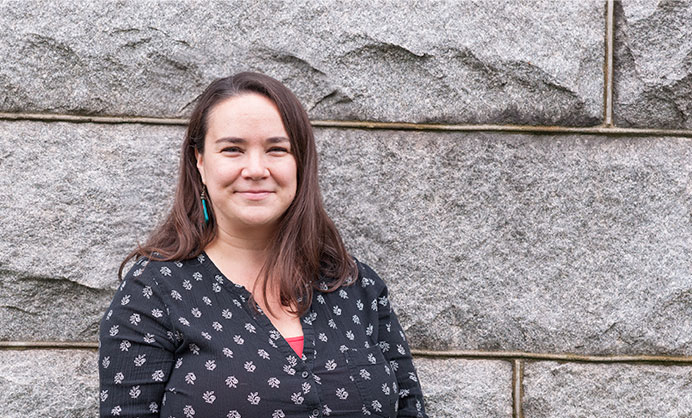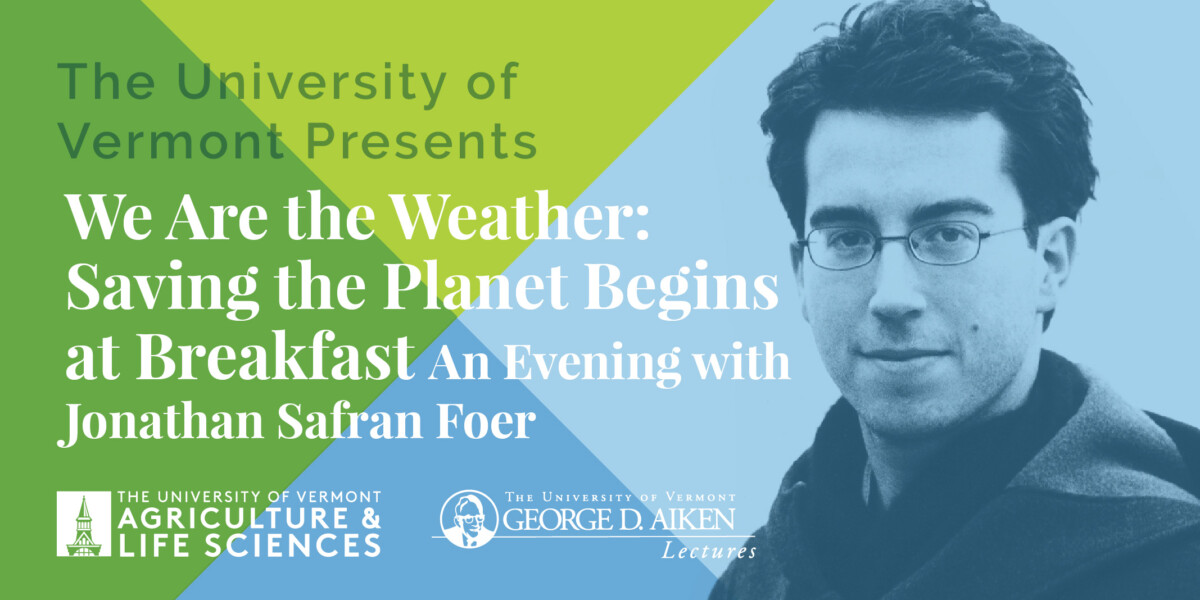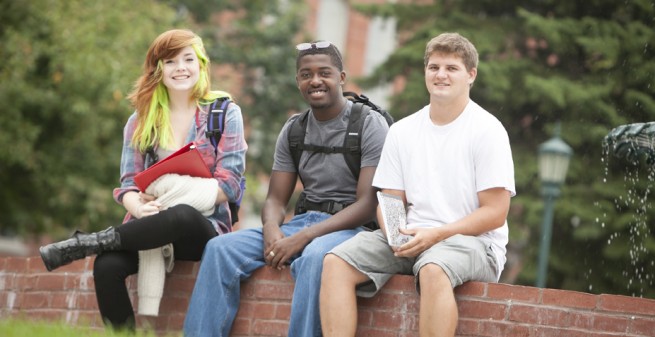Near the Vermont-Canadian border, migrant dairy workers are grappling with food insecurity and increasing anxiety. Living on the dairy farms where they are employed, undocumented migrant workers are often reluctant to go grocery shopping—or anywhere for that matter—for fear of detention and deportation by the federal border patrol.
Vermont is not often viewed as a border state like Texas, California, or Arizona. But for UVM anthropology Professor Teresa Mares, Vermont presents an interesting case study for research. The state has a unique combination of progressive politics along with a large concentration of dairy farms in the northern counties and regular immigration enforcement circulating near the Canadian border.
The Other Border
Mares’ research focuses on the intersection of food and migration studies, and she is particularly interested in the ways that the diets and foodways of Latino/a immigrants change as a result of migration. She is writing a book “The Other Border: Sustaining Farmworkers in the Dairy Industry,” to be published by University of California Press.
“The book looks at borderlands in a new way, and how access to basic needs is compromised when someone is living close to border, especially in a white state,” Mares says. “Between food security, migration, border issues, and food access, it’s a very important story that needs to be told.”
The book, Mares’ first, includes research gathered from 30 interviews with farm workers and various stakeholders. After the November 2016 election of President Donald Trump, Mares focused on conducting follow-up interviews with migrant workers to get a sense of how dramatically things had changed.
Since the election, many migrant dairy workers have voluntarily gone back to Mexico rather than remain in the United States, she says. Many of those who stay in Vermont do so out of concern for their children who live here.
“People are more fearful and uncertain. They’re afraid to go grocery shopping or go anywhere off the farm, and the climate is really unpredictable and unstable,” she says. “President Obama had a lot of deportations. But workers told me when they woke up the morning after the election, they were terrified. Especially people with children who were born in the United States—they’re afraid of being separated from their kids.”
Mares points out that while some dairy farm owners are protective of their workers, the level of support is a mixed bag. “There’s a lot of variability in the relationships between farm owners and farm workers,” she says. “Some want workers better protected, and some understand that it will come at an expense for them.”
Farm owners are also worried about labor shortages and what it would mean for the dairy industry. According to a 2017 VT Digger story, Latino migrants are filling a gap and saving America’s farms. Nationwide, immigrants, many undocumented, comprise 51 percent of the nation’s dairy industry, according to a 2015 study by Texas A&M University for the National Milk Producers Federation.
If these workers were deported, milk prices would rise 90 percent, and cost the U.S. economy more than $32 billion. Without migrant dairy workers, it’s clear that Vermont’s milk industry would be hit hard.
The Rise of Migrant Farm Workers in Vermont
Vermont saw an increase in migrant workers in the 1990s, which coincided with the era of dairy farm consolidation. Currently, there are an estimated 1,000 to 2,000 undocumented, mostly Mexican migrants employed on Vermont dairy farms.
Mares believes that food access was an issue for migrant workers in the 1990s, but it’s hard to say. She suspects that border patrol agents were less aggressive than they are today. She also points out that no one was researching food insecurity among the migrant dairy worker population before she came to UVM in 2012.
“For immigrant populations, food insecurity can be a cause of migration,” Mares explains. “Poverty and lack of food back home are the reasons why they left. However, food insecurity here is different because they have the money but not the outlets to spend that easily. Or they have no time to cook and they’re scared. “
Mares works with Naomi Wolcott-MacCausland on The Huertas Project, a community-based food security program that enables Latino/a migrant farmworkers and families living on Vermont’s dairy farms to access culturally familiar and local foods through cultivating kitchen gardens. With an established network of farmworkers, growers, and volunteers, Huertas builds gardens and distributes seeds and plant starts to Latino/a migrant farmworkers living in rural Vermont.
Wolcott-MacCausland conducted a survey on how migrant dairy workers are getting their food. Generally, workers and their families are getting their groceries purchased by someone else. They’re also gardening or growing their own food, either through Huertas or on their own.
Sharing Stories and Finding Inspiration
Since Mares arrived to Vermont five years ago, she’s built lasting relationships with migrant workers, earning their trust along the way.
“Right now the political climate is very challenging, and this work is emotionally challenging,” Mares says of her research. “How do I effectively share people’s stories without identifying them, but also not make them sound anonymous either? How do I tell very human stories and not share people’s identities?”
Still, Mares is hopeful that food security and access issues can be addressed to improve the lives of migrant dairy workers.
“One of the things that inspires me is having a community of faculty that are interested in this research and supportive of it. There are people here having conversations, and that’s really exciting,” she says. “We do have a critical mass of people working together and very enthusiastic students. It makes UVM a really dynamic place to be.”
-The “UVM Is” series celebrates University faculty, educators, and the campus community.
To learn more, visit UVM Continuing and Distance Education at learn.uvm.edu.




